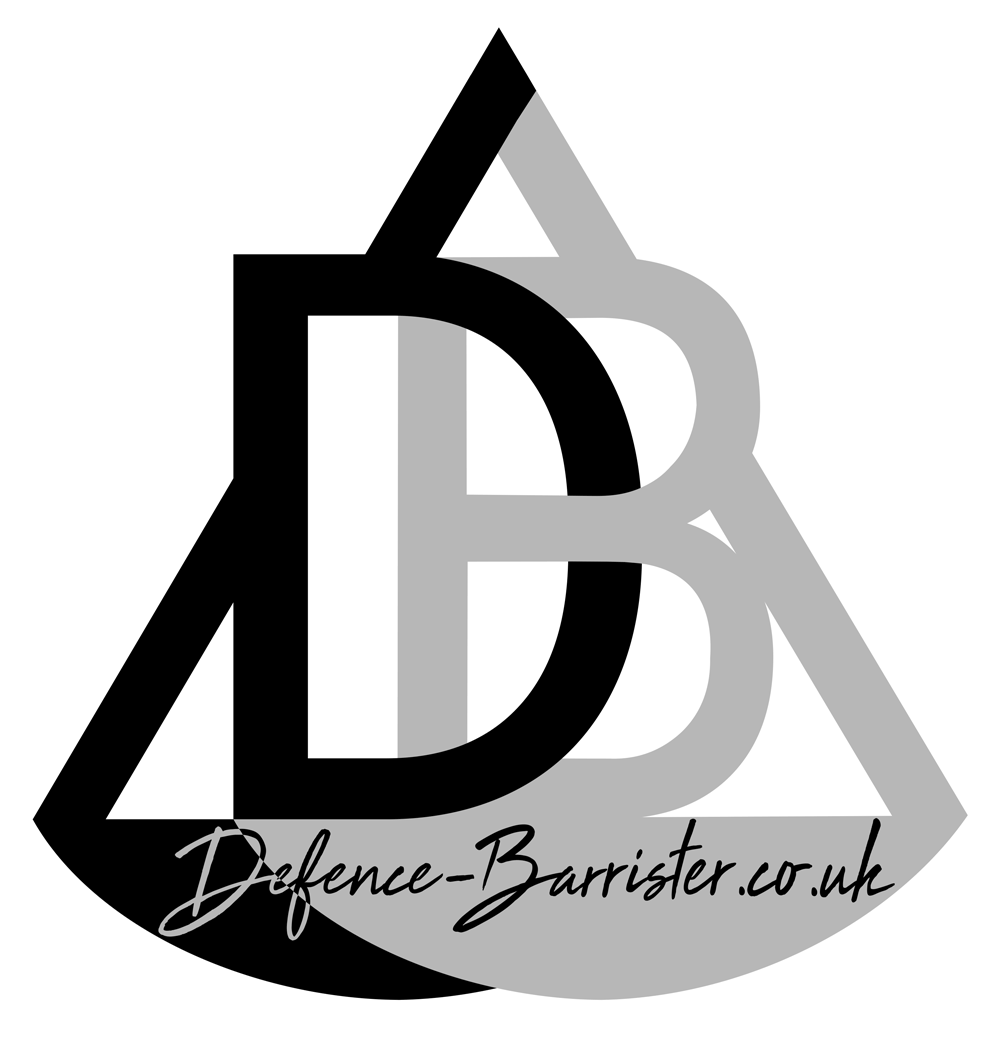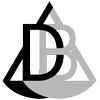Evidence
Prosecution and Defence Evidence at Trial
Proving or defending a criminal case
To prove its case, the prosecution will have to present evidence to the court. If the defence choose to advance a positive case (rather than simply testing by cross-examination the evidence relied upon by the prosecution) this will also be done by presenting evidence.
Presenting evidence before the court at trial is done by both the prosecution and defence in three ways:
Calling and questioning witnesses;
Reading witness statements (usually where the other side agree with the contents of the statement);
Both the prosecution and defence agreeing the evidence and then writing that evidence down in a document as an agreed fact (admitted facts).
There is, of course, additional forms of evidence which will be used in court, such as scientific evidence (DNA, bloodstain patterns, fingerprints etc.) but behind this evidence will be a witness who has carried out the scientific test, produced a witness statement and can, if their evidence is not accepted by the defence, be called to court to undergo further questioning. Simlarly, even behind video evidence there will be a witness statement of the person who provides it. It means that witnesses form the backbone of all criminal cases.
Problems occur when the prosecution or defence know that a witness has important evidence to give, but they are unable to secure that witness’s attendance at court. The hearsay provisions, and the exceptions to the hearsay rule, are designed to cover this.
The way that magistrates, judges and juries view the evidence of a defendant or witness may be affected evidence of by their good or bad character. You can find out more about exactly how this evidence can be used at trial.
Click on the tiles below for more.



















